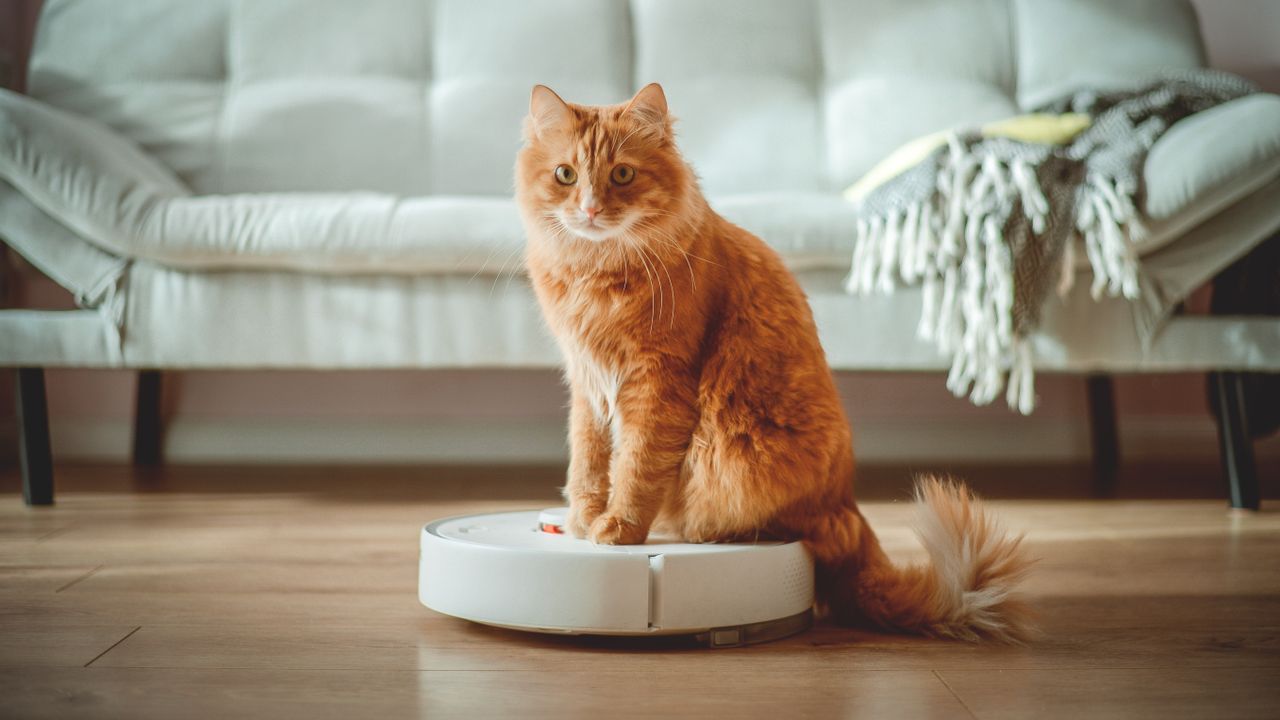Lifestyle
Experts Explain Why Your Robot Vacuum Circles and How to Fix It

Robot vacuums are designed to simplify household cleaning, yet some users find their devices moving in circles or zigzagging rather than navigating in straight paths. This malfunction undermines the convenience these smart gadgets promise. Fortunately, experts have identified common issues that can be addressed, allowing users to restore their vacuum’s functionality without needing a replacement.
Common Causes of Circular Movement
According to Tatyana Dimitrova, an appliance maintenance expert at Fantastic Services, one primary reason for a robot vacuum’s erratic behavior is a malfunction with the wheel encoder or drive motor. Each wheel on these devices is equipped with an encoder sensor that monitors movement. If one of these sensors becomes dirty or blocked, the vacuum may misinterpret the wheel’s position, resulting in circular movement.
To address this issue, users should inspect both side wheels for debris or hair accumulation. Dimitrova suggests manually spinning each wheel to check for uneven resistance or grinding sounds. If the vacuum has a diagnostic mode accessible via an app or button sequence, users should also look for any wheel motor error codes. Regular maintenance of the wheels can prevent this common problem.
Sensor Obstructions and Software Updates
Another factor contributing to erratic navigation is dirty or obstructed sensors. Robot vacuums typically have several sensor types, including obstacle sensors, cliff sensors, bump sensors, and camera or LiDAR sensors for mapping environments. When these sensors collect dust or debris, they may fail to detect obstacles accurately. A spokesperson from Ecovacs notes that dirty sensors can lead to the vacuum navigating around non-existent barriers.
To maintain optimal performance, it is advisable to regularly clean the sensors using a soft microfiber cloth and to remove any build-up from the wheels weekly. “Make sure each wheel spins freely without resistance,” suggests Dimitrova, as even minor debris can disrupt the sensor’s accuracy.
Outdated software can also lead to navigation problems. Dimitrova advises users to perform software updates or re-mapping sessions every few months, particularly if they notice erratic behavior. These updates can resolve navigation issues and ensure that the robot vacuum operates efficiently. Many glitches can be fixed through firmware patches provided by manufacturers via their apps.
In summary, while encountering issues with a robot vacuum can be frustrating, understanding the underlying causes and their solutions can help users maintain their devices effectively. Regular maintenance, including cleaning sensors and updating software, can significantly enhance a robot vacuum’s functionality, ensuring it continues to fulfill its promise of hassle-free cleaning.
-

 Science2 weeks ago
Science2 weeks agoIROS 2025 to Showcase Cutting-Edge Robotics Innovations in China
-

 Politics2 weeks ago
Politics2 weeks agoJudge Considers Dismissal of Chelsea Housing Case Citing AI Flaws
-

 World2 weeks ago
World2 weeks agoBravo Company Veterans Honored with Bronze Medals After 56 Years
-

 Top Stories2 weeks ago
Top Stories2 weeks agoIndonesia Suspends 27,000 Bank Accounts in Online Gambling Crackdown
-

 Lifestyle2 weeks ago
Lifestyle2 weeks agoStone Island’s Logo Worn by Extremists Sparks Brand Dilemma
-

 Health2 weeks ago
Health2 weeks agoStartup Liberate Bio Secures $31 Million for Next-Gen Therapies
-

 Sports2 weeks ago
Sports2 weeks agoMel Kiper Jr. Reveals Top 25 Prospects for 2026 NFL Draft
-

 Health2 weeks ago
Health2 weeks agoTop Hyaluronic Acid Serums for Radiant Skin in 2025
-

 World2 weeks ago
World2 weeks agoHoneywell Predicts Record Demand for Business Jets Over Next Decade
-

 Politics2 weeks ago
Politics2 weeks agoNew Jersey Voters Urged to Register Ahead of November Election
-

 Lifestyle2 weeks ago
Lifestyle2 weeks agoMary Morgan Jackson Crowned Little Miss National Peanut Festival 2025
-

 Sports2 weeks ago
Sports2 weeks agoYamamoto’s Mastery Leads Dodgers to 5-1 Victory in NLCS Game 2









